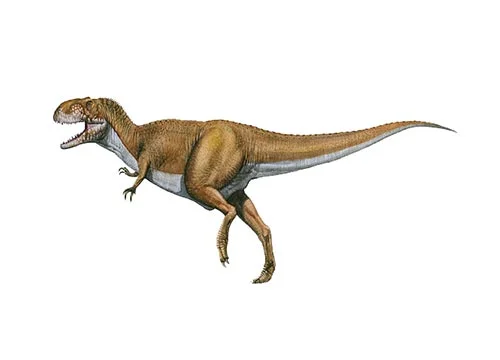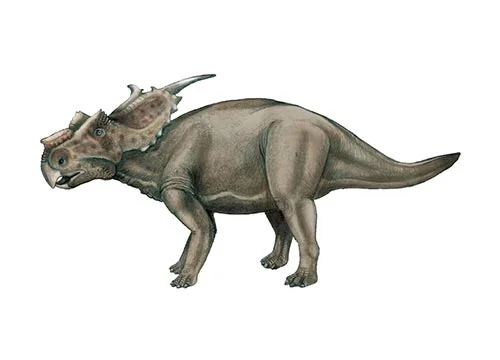Huayangosaurus (Huayang lizard - Huayang is an alternative name for Sichuan Province)

Hu-ay-ang-o-sore-us
Dong, Tang & Zhou - 1982
Herbivore
Estimated up to 6 meters long
Armoured Dinosaurd
H. taibaii (type)
China - Sichuan Province - Dashanpu/Lower Shaximiao Formation
Mid Jurassic, 165 million years ago
Huayangosaurus Facts
Huayangosaurus is a genus of armored dinosaur that lived during the Middle Jurassic period, approximately 165 million years ago. Its name, “Huayang lizard,” is derived from Huayang, an alternative name for the Sichuan Province of China, where fossils of this dinosaur were first discovered.
Huayangosaurus was a medium-sized stegosaurian dinosaur, measuring up to 6 meters (20 feet) in length and weighing around 1.5 metric tons. It was characterized by its bony plates, or scutes, that covered its back and tail, as well as its long spikes that extended from its tail.
The bony plates of Huayangosaurus formed a double row down its back, each plate featuring a raised keel. The plates were likely used for defense against predators or for display purposes, as they could be erected or lowered depending on the situation. The long spikes at the end of the tail would have been a formidable weapon against predators, and may have been used in mating displays or intraspecific combat.
Huayangosaurus was an herbivorous dinosaur, and its diet likely consisted of ferns, cycads, and other low-lying vegetation. It had a beak-like mouth with sharp teeth that were used for slicing through tough plant material.
Huayangosaurus is an important dinosaur in the study of stegosaurian evolution, as it represents an early member of the group and shows the initial development of the characteristic bony plates and spikes that would later become more elaborate in later stegosaurs. Fossils of this dinosaur have been found in the Lower Shaximiao Formation in Sichuan Province, China, along with other dinosaurs such as the sauropod Omeisaurus and the theropod Gasosaurus.



